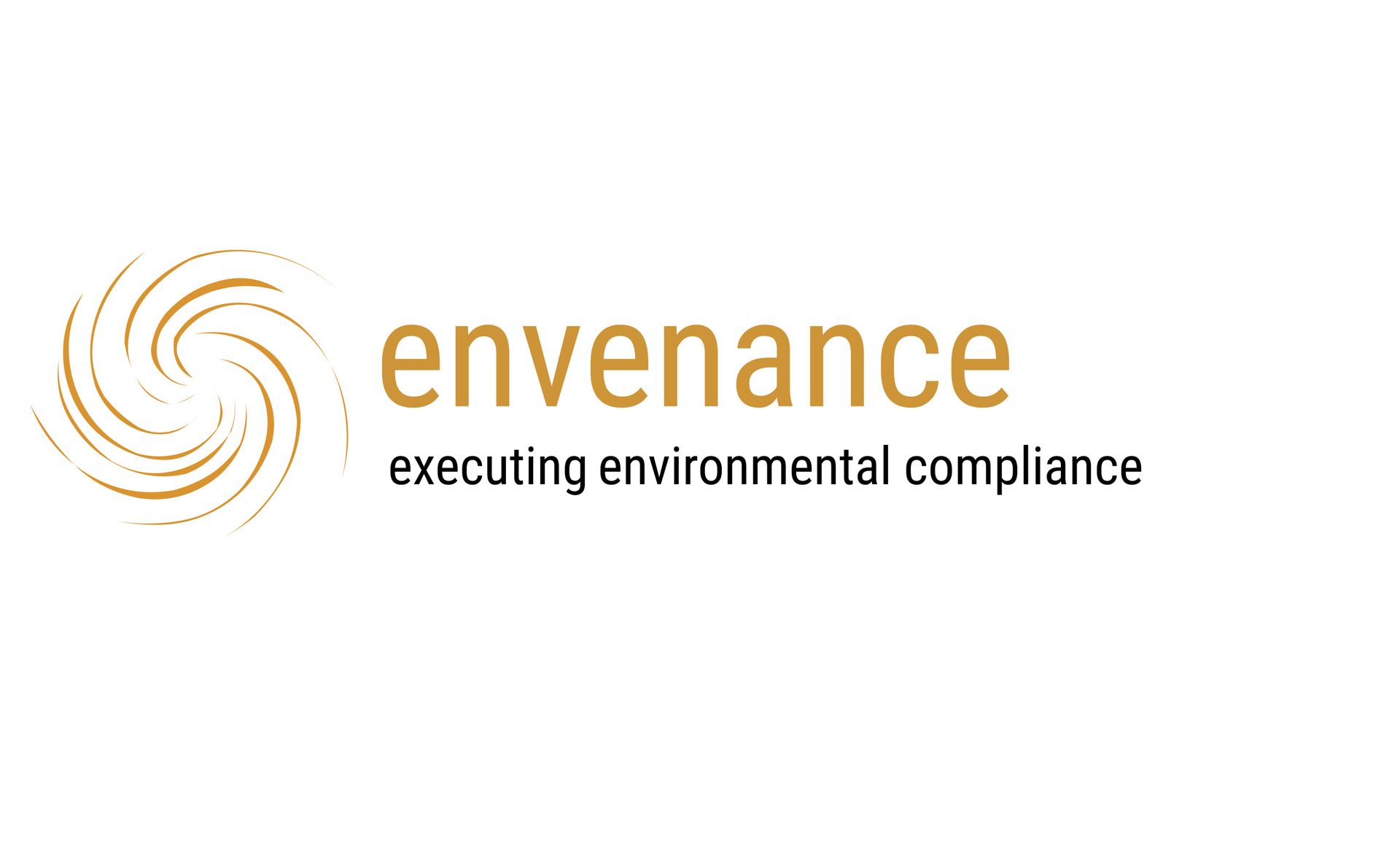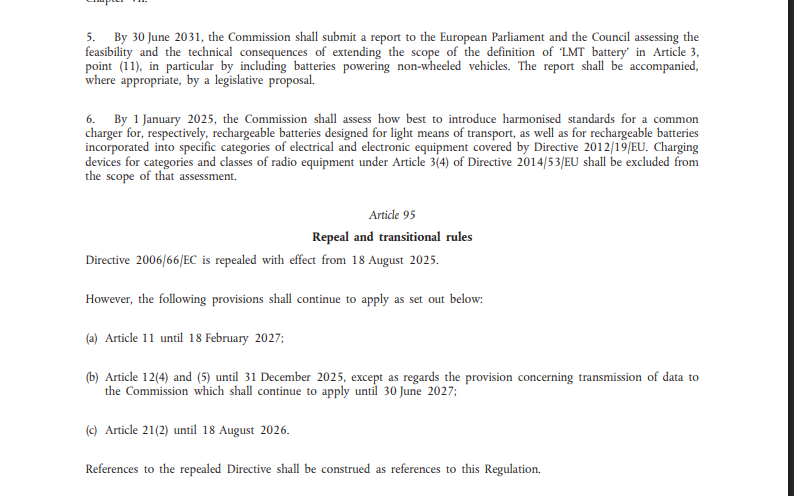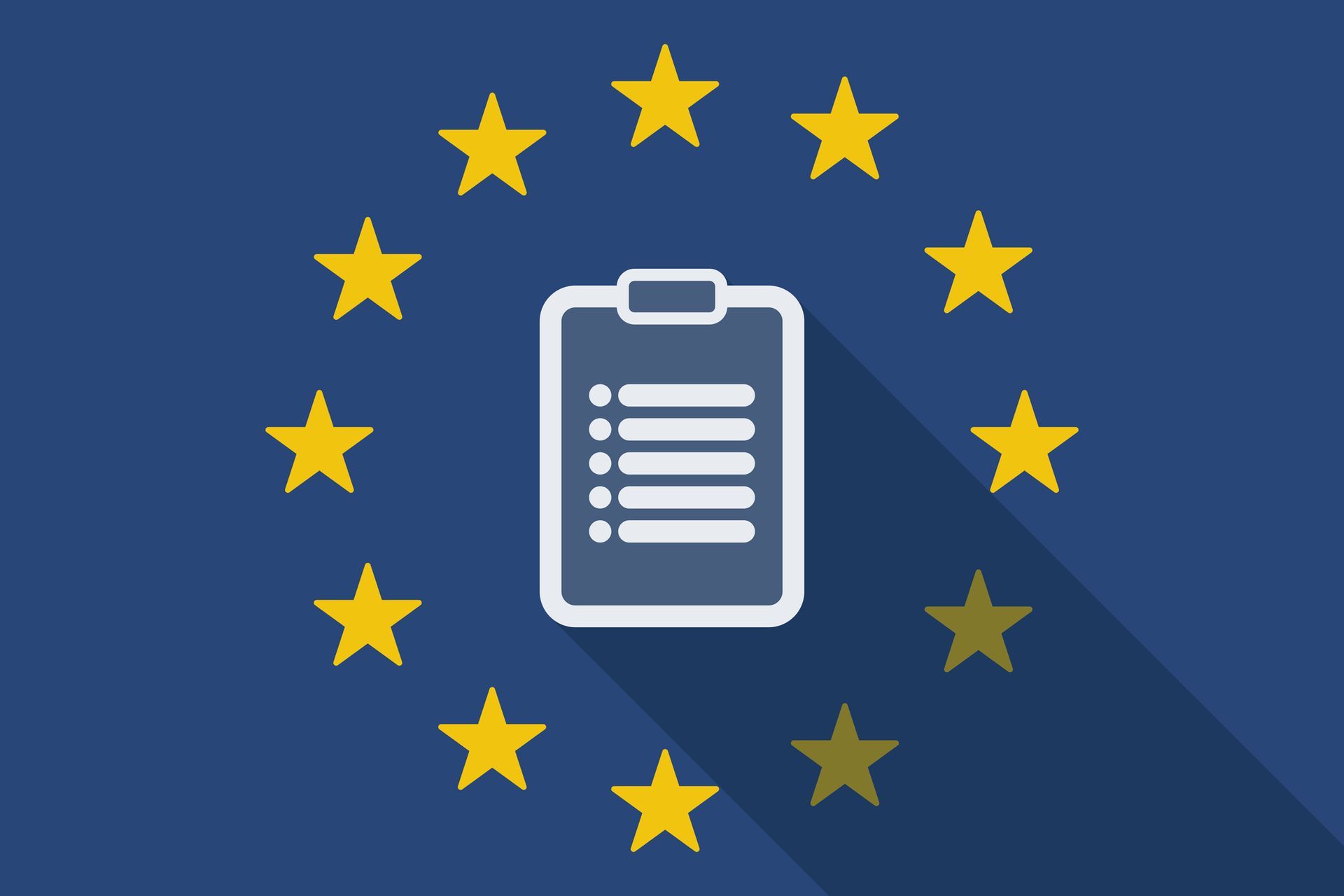Visible fees – magic wands or mere grants of a guided economy?
envenance on compliance.
The term “visible fee” refers to an obligation of producers to display their financial contribution to the recycling of the individual article at the point of purchase. In so far the visible fees are a means of the “polluter pays” pinciple and the Extended Producer Responsibility (EPR). The WEEE Directive 2012/19/EU among other end-of-life legislations allows the use of visible fees (see Article 14 Directive 2012/19/EU). However, in most of the EU Member States the display of the costs (or the contribution) for the recycling of an individual equipment to the consumer is not a common practice. Germany even prohibits the display of visible fees to end consumers of electrical and electronic equipment (see § 7 ElektroG)
Apparently, the usage of this financing medium has some ideologic aspects in it as it appears to the author. It seems, there are expectation linked to the visible fees having a direct impact on the generation of re-usable products. Also, a higher recycled volume and thus a higher recycling rate is expected from the application of such fees. The experience shows, however, that the direct effect of the visible fees is not reaching out to these expectations (see for instance https://resource-recycling.com/recycling/2023/05/30/lessons-from-france-eco-modulated-fees-are-ineffective/) Why are they still in use then?
There are Pros and Cons regarding this instrument. With a view to the positive aspects, the consumer gets a clear information that his purchase implies the generation of waste – and therefore generate costs for the treatment of this waste - costs that the consumer ultimately has to (co-)finance. The display of such fees on the final receipt may lead the consumer to purchasing choices with lower recycling fees (and therefore less waste or a better recycling result).
Furthermore, the recycling industry gets a consistent funding for defined product ranges and can thus plan and install the appropriate collection and recycling facilities on the territory of the country.
State-supported fees enable the actors in the authorities and the waste operators to agree on fees based on recycling possibilities and limitations. This can lead to the recycling of goods that the free market would normally not handle due to lack of economic attractivity. Therefore the guided fees can have a positive effect on otherwise not appropriately handled waste. Visible fees therefore can have a direct impact on the improvement of the recycling.
The biggest negative aspect is probably – from the view of the author - that a regulated market is never efficient. The experiences with the guided economies in the former socialist countries clearly have marked the lessons learned. Visible fees as a standard measure may lead to over-funding in some areas where a visible fee might not even be necessary (e.g. for products with a high share and volume of valuable metals). However, as the author of this blog sees it, environmental protection as an external effect of human economic activity is not a subject that should be left to the forces of the free market alone anyway.
Furthermore, the impact of the visible fee on consumer behaviour might be questionable. The legislator might have had in mind to shake up the consumer with the display of a waste position and thus create a change of behaviour. However, does the simple fact that a French consumer is confronted with a 10 Euro recycling contribution fee on the invoice for his new washing machine raise his awareness of the recyling necessity? Would he buy a re-used machine just to save those 10 Euro? Does the visible recylcing fee have an impact at all on his purchasing decision for an equipment that costs him on an average between 500 and 600 Euro?
The short highlights above already show that the visible fees are neither just a grant of a guided economy nor a magic wand that would change consumer behaviour significantly.
However, in the light of the many instruments that the circular economy requires and keeping in mind that handling of external effects such as environmental pollution cannot be left to the forces of the free market alone, visible fees are a means to generate a plannable budget for the recycling industry and indicate to the consumer that he also has a role in the entire circle. Visible fees might not be the key to achieving recycling goals, but they are one methodology that should not be merely banalized or even abandoned.
The EU reality is that a range of countries apply visible fees. Those charges are regularly updated. In order to maintain the pricing system, the producers in scope need to make sure having the right visible fees in their ERP systems in order to be able to both plan and invoice the correct charges to the end consumer. At the end of the day, the schemes invoice based on their price tables and related to the reporting data that they have received from the producers. If the producer is not up to date with the actual visible fees, he might pay the difference entirely by himself.
Contact us regarding a check of the lates visible fees across Europe.













